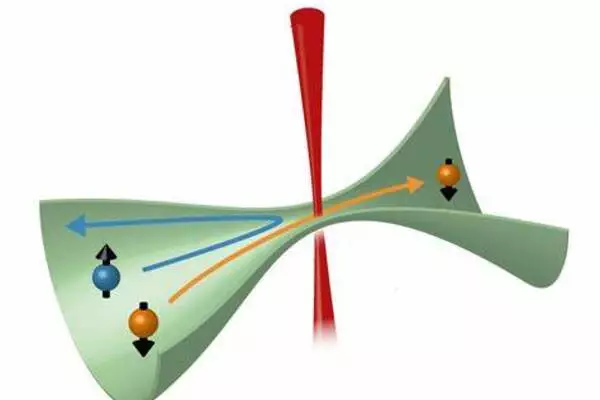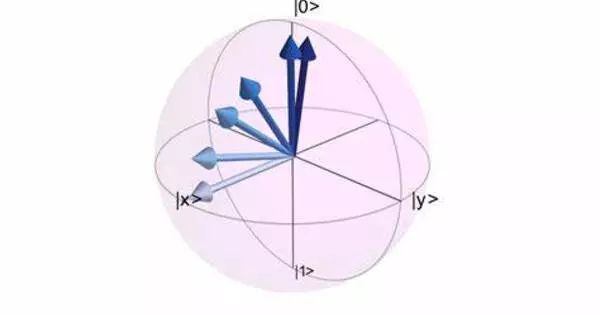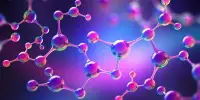Nuclear spin is important in NMR and MRI because it involves atomic nuclei interacting with magnetic fields. In medicine and biology, NMR and MRI are frequently employed to examine the structure and function of biological molecules and tissues. In these approaches, the most typically investigated nuclei are hydrogen (protons) and carbon-13.
Nuclear spin alters biological processes, contrary to long-held assumptions, according to researchers. They discovered that in chiral settings, certain isotopes behave differently, influencing oxygen dynamics and transport. This discovery has the potential to advance biotechnology, quantum biology, and NMR technology, with applications in isotope separation and medical imaging.
A research team led by Prof. Yossi Paltiel at the Hebrew University of Jerusalem with groups from HUJI, Weizmann and IST Austria new study reveals the influence of nuclear spin on biological processes. This discovery challenges long-held assumptions and opens up exciting possibilities for advancements in biotechnology and quantum biology.
Our research shows that nuclear spin plays an important role in biological processes, suggesting that manipulating it could lead to groundbreaking applications in biotechnology and quantum biology. This could potentially revolutionize isotopic fractionation processes and unlock new possibilities in fields such as NMR.
Prof. Yossi Paltiel
For a long time, scientists assumed that nuclear spin had no effect on biological activities. Recent study, however, has revealed that certain isotopes act differently due to their nuclear spin. The researchers concentrated on stable oxygen isotopes (16O, 17O, and 18O) and discovered that nuclear spin has a major impact on oxygen dynamics in chiral settings, particularly in its transport.
The discoveries, which were published in the Proceedings of the National Academy of Sciences (PNAS), have implications for regulated isotope separation and have the potential to revolutionize nuclear magnetic resonance (NMR) technology.
The lead researcher, Prof. Yossi Paltiel, expressed excitement about the significance of these results. “Our research shows that nuclear spin plays an important role in biological processes, suggesting that manipulating it could lead to groundbreaking applications in biotechnology and quantum biology. This could potentially revolutionize isotopic fractionation processes and unlock new possibilities in fields such as NMR.”

The story in detail
Researchers have been investigating the “strange” behavior of small particles in living things, financing several areas where quantum influences alter biological systems. For example, investigating bird navigation quantum effects may aid some birds in navigating great distances. Quantum factors influence how efficiently plants use sunlight for energy.
This link between the small world of particles and living beings most likely dates back billions of years, when life first evolved and molecules with a unique structure known as chirality appeared. Chirality is vital because only molecules with the proper shape can perform the functions required by living beings.
The link between chirality quantum mechanics was found in “spin,” which is like a tiny magnetic property. Chiral molecules can interact differently with particles based on their spin, creating something called Chiral Induced Spin Selectivity (CISS).
Spin influences microscopic particles like electrons in life processes involving chiral compounds, according to scientists. They sought to see if spin affected bigger particles, such as ions and molecules, which serve as the foundation for biological transport. So they conducted experiments with water particles with varying spins. When chiral compounds are present, the data reveal that spin effects how water behaves in cells, with water arriving at different rates and reacting in a unique way.
This study emphasizes the significance of spin in life processes. Understanding and managing spin may have a significant impact on how living things function. It may also aid in the advancement of medical imaging and the development of new treatments for disorders.













